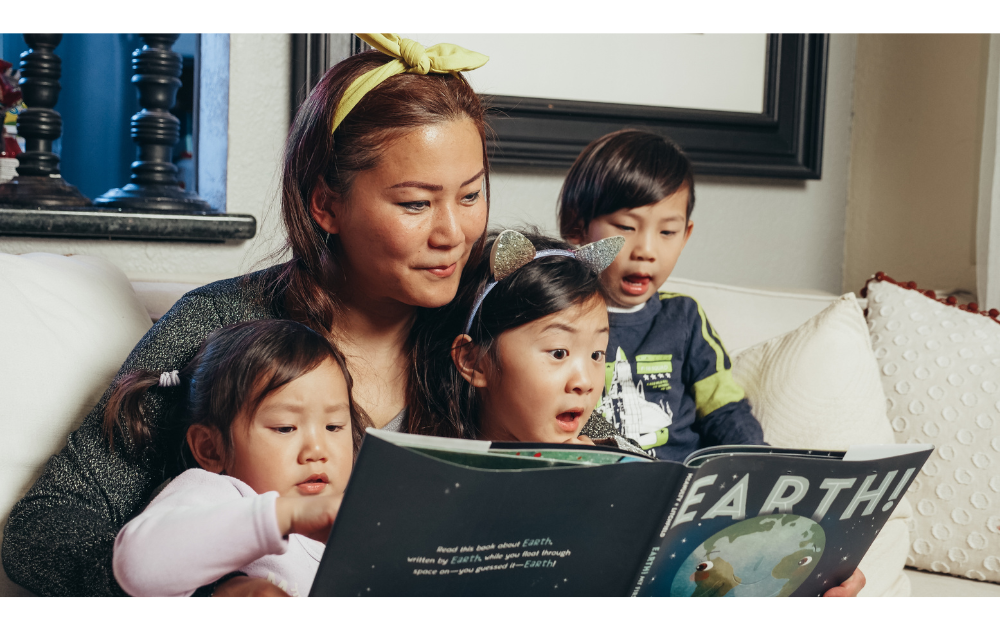By the third birthday, a baby needs to be spoken to, sung to, or read to some millions of words.
At least half an hour a day.
By the third birthday, 70% to 80% of the baby’s cognitive capacity is set. This largely defines the child’s ability to succeed in school and career earning levels.
(Sources: George Halvorson, Former CEO of Kaiser-Permanente; Dr. Roberta Golinkoff, University of Delaware, Research Scientist.)


From birth to age 3, infants and toddlers experience the most rapid physical, cognitive, and emotional development of their lives.
While research makes the case for investing in policies that support early development, infants and toddlers are seldom in the forefront of policy agendas.
(Source: Zero to Three – State of Babies Yearbook, 2019)
of U.S. adults 16-74 years old
(about 130 million people) lack proficiency in literacy, reading below the equivalent of a sixth-grade level.
(Source: U.S. Department of Education, Sept. 2020)
of those living below the poverty threshold
fail to develop reading proficiency by the end of the 3rd grade.
(Source: American Academy of Pediatrics)

in Literacy and 28th in the percentage of 4-year olds in early childhood education.
Further, 1 in 3 children start kindergarten without the needed language skills to be reading ready.
(Sources: Organization for Economic Co-operation and Development (OECD) and the American Academy of Pediatrics)
of America’s high school graduates are not workforce-ready
to compete for meaningful 21st-century jobs. Among the 36 leading countries, the United States ranks 34th on public spending on early childhood education and care as a percent of GDP.
(Sources: StriveTogether.org; Organization for Economic Co-operation and Development (OECD) PF3.)

“The science of early brain development illustrates that child development – particularly for birth to five years- is a foundation for a prosperous and sustainable society.”
(Source: Jack P. Shonkoff, The Council for Early Child Development, Harvard)
or 10% of total US GDP in Annual Income
if all adults reached a sixth-grade reading level.
(Source: The Barbara Bush Foundation for Family Literacy / Gallop Study)
High-quality birth-to-five programs for
disadvantaged children can deliver a
return investment per year
(Source: James J. Heckman, Nobel Laureate. University of Chicago)
American high school
Million students drop out of high school
end up interfacing with the prison system
Crimes are committed by them
(Sources: Do Something. U.S. Census Bureau)

Extensive research shows us that the brain’s growth & capacity to change (plasticity) are greatest in the first 3-5 years of life. Interventions and programs focused on early childhood are not only more likely to be impactful but have potential to provide tremendous return on investment compared to those attempting to “rewire the brain” by addressing academic, vocational and other problems later in life.
(Source: Dr. John Hutton, MD. MS. Pediatrician and Clinical Research, Cincinnati Children’s Hospital Medical Center)
of their education budgets are allocated to pre-primary education
(Source: UNICEF)
of America youth can’t qualify for military service
(Source: U.S. Dept of Defense, Office of People Analytics (2022), 2020 Qualified Military Available (QMA) Study)




